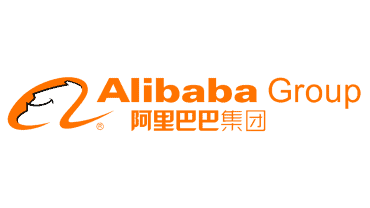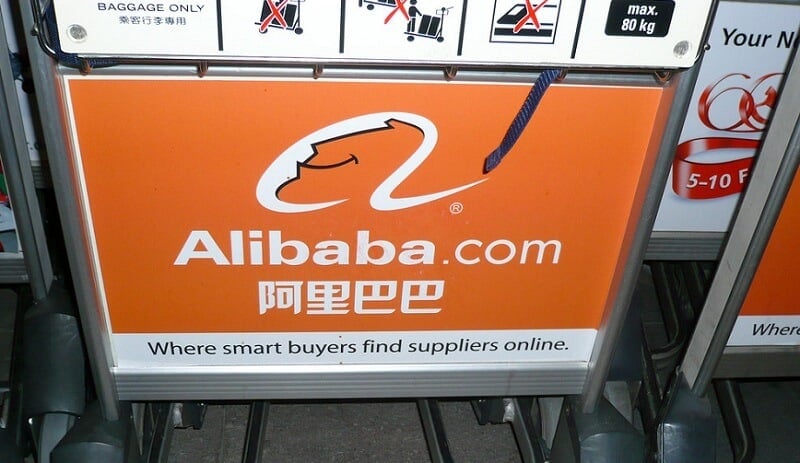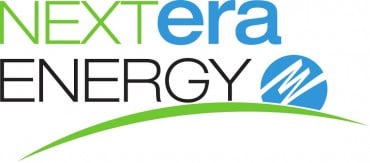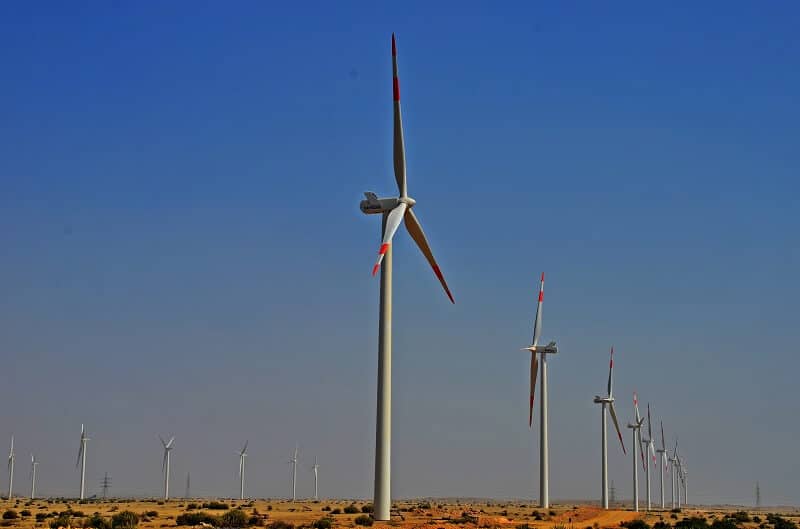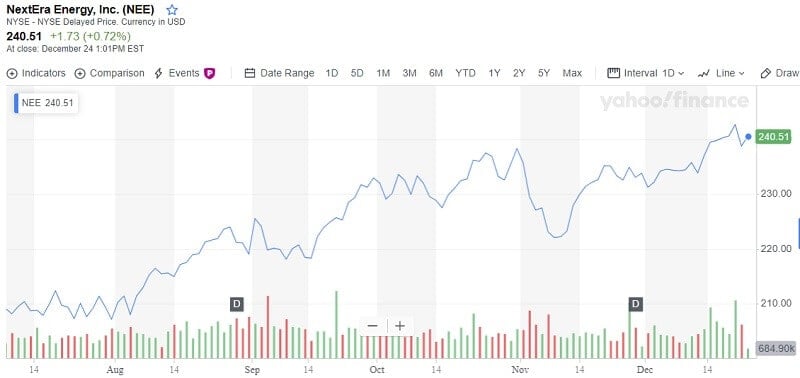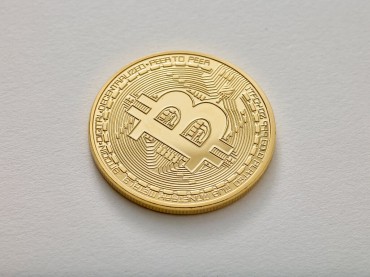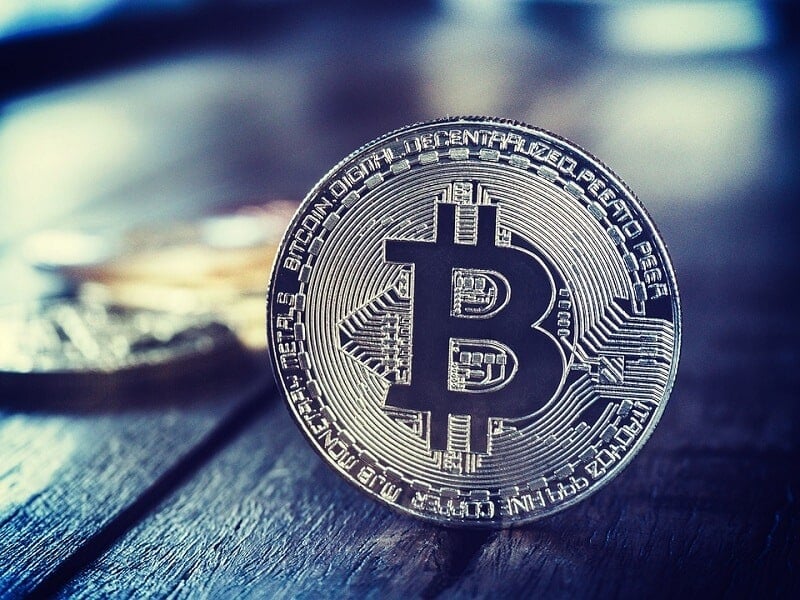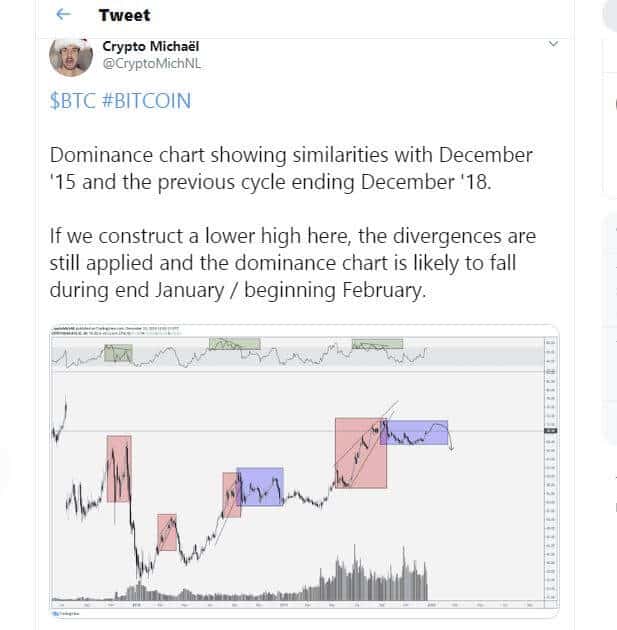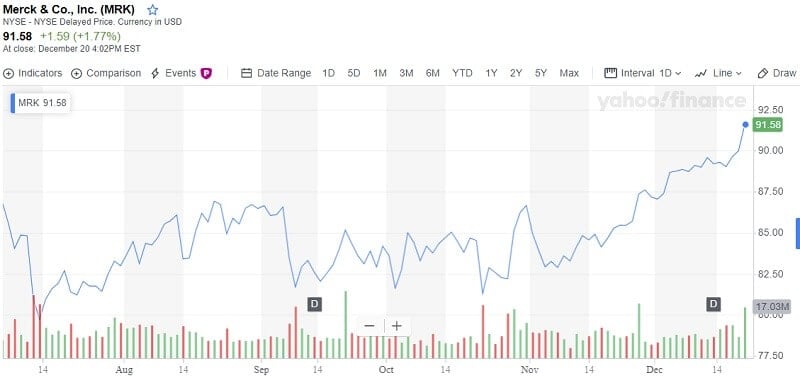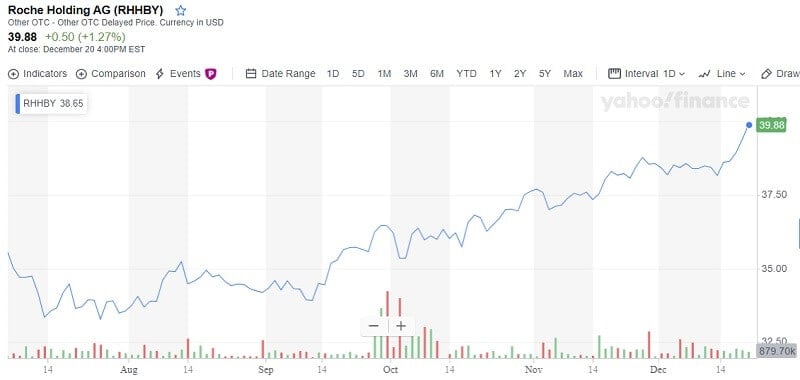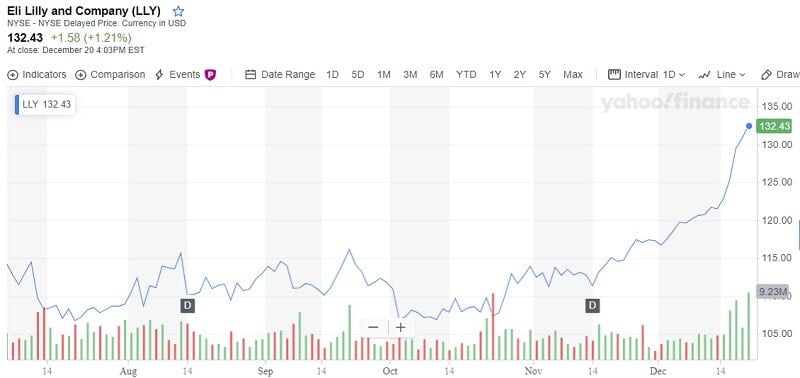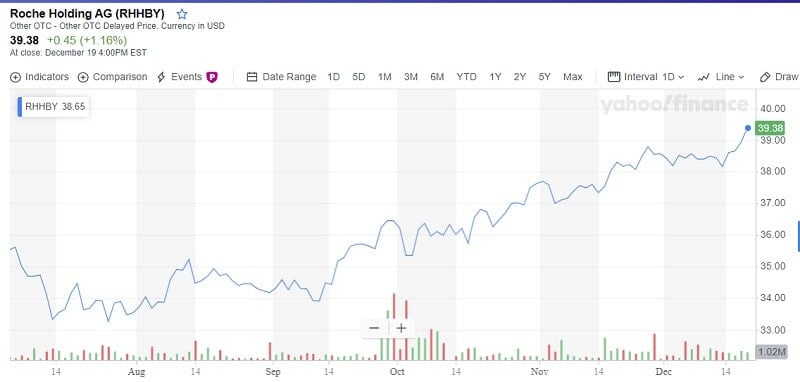
A lot of mergers and acquisitions, drop trade investment and lack of business trust indicate a coming stock market correction Bear in mind that markets will not disappear, so you can get back
By Guy Avtalyon
The dark sign of an upcoming stock market correction might be when the companies are buying back their stocks and use them for buying other companies. In this example, the stocks are used as currencies. We can see that so many companies are doing exactly that. Further, we are witnesses of a lot of mergers and acquisitions. The companies are uniting to survive something. But what? What they are expecting?
Is the logical answer that they are expecting stock dumping and the stock market correction?
Some analysts say YES.
The first sign of possible stock market correction they see in companies buying other companies, in mergers with rivals and financed by shares exchange is the signal that the market is close to the end of its bullish period. The opposite opinion befalls when the companies invest in new activities, new operations, development. That would be a good signal for the stock market. But when the companies are using their own shares to buy growth it only can be a sign of the lost confidence.
Yes, the economy runs in cycles. The sunny days will always follow after rainy days. But we have to be worried when the economy’s condition pattern indicates the coming storm just as we are in a hurry when the real storm is coming.
How to manage the stock market correction?
A stock market correction is an alarming condition but quite normal. Some might be surprised, but it is a sign that the market is healthy. Well, in most cases.
How could we know that the stock market correction is coming? When the stock prices are dropping 10% or higher from their most current peak but not more than 20%. In such a case, we would have a bear market.
Firstly, don’t try to “time the market.” Avoid swing trading even though trading the ups and downs may give you some profit but for a short while. Many investors are trying to avoid losses by putting money in some other investments where they think there is a better possibility of profiting.
Most people lose money by trying to move their money around to participate in the ups and avoid the downs. This is a documented behavior studied by academics around the world. The field of study is called behavioral finance. That is a behavioral bias.
Our two cents
When you build your investment portfolio it should be based on knowledge and your education, not on prejudices. It is normal to expect that for every quarter of the year, you will have some negative returns. Tn order to lessen those negative returns or to control them you have to have a diversified portfolio. That means you need to combine your investments. Pick a mix of assets that have more potential for upsides and fewer chances for high returns because that means less risk.
During the market correction, savvy investors have more discipline, less fear, and stay with their investing playbook. Don’t trade at those times because you may catch larger losses. Behind these words lies the stats, you can easily check it.
Follow the old Wall Street pattern: Never catch a falling knife.
Be mentally prepared
A market crash may happen. When? It doesn’t matter. You have to be mentally prepared for that because the markets are unpredictable and it had happened before. Yes, we all like to be rich even on the paper and it’s really hard to chew a big bite. And the stock market correction is just that – a big bite. Some investors might feel fears, be frightened, and start selling their stocks at the worst time.
If you are a long-term investor type, you must have trust that the stock market will adjust eventually.
Corrections can last from several days to months or longer but the last mentioned are rare. Remember, a correction may damage your investment for short, but it is a great opportunity for adjusting overvalued stocks. So, buying opportunities are undoubted. So, just keep adding stocks to your investment portfolio while others are selling in a panic.
Can we predict a stock market correction
Nope. No one can predict a stock market correction. They aren’t predictable. Moreover, they can be generated by different matters. For example, we know the Great Recession has erupted on the housing bubble. But we know that after everything was finished. But predicting the main cause of the next correction just isn’t possible.
What we know for sure comes from research. According to one conducted on the example of the Dow Jones, the average correction lasted about 72 trading days or three and a half calendar months. And the correction is when the overall stock prices drop more than 10% and if the decline of more than 20% it is a so-called market crash. That’s all.
For whom the market correction matters?
Stock market correction matters for short-term traders. If you stay focused on the long term you will survive anyway. When correction occurs those who’ve adjusted their trading as the short term or those who have leveraged their account with the use of margin, should be worried.
Traders that used margin had bigger losses during the market downturn. Also, active traders had increasing costs united with their losses during the correction. Holding long-term investment was the best way to survive the stock market correction. At least such investors had a peaceful life.
Don’t be afraid of a stock market correction. It is usually a great time to buy high-quality companies at a lower price. So, you can add stocks to your portfolio for long-term investments, even the one that previously appeared to be a bit too pricey. Also, a market correction is a good time to examine again what you hold. Sell your position only if you see that your investment, but each in your portfolio, couldn’t meet the cause of keeping it.
A stock market correction doesn’t need to be terrifying. If you don’t want to taste it, it is best to stay away from investing in the stock market. Instead, stick with safe investments.
Keep your balance.


